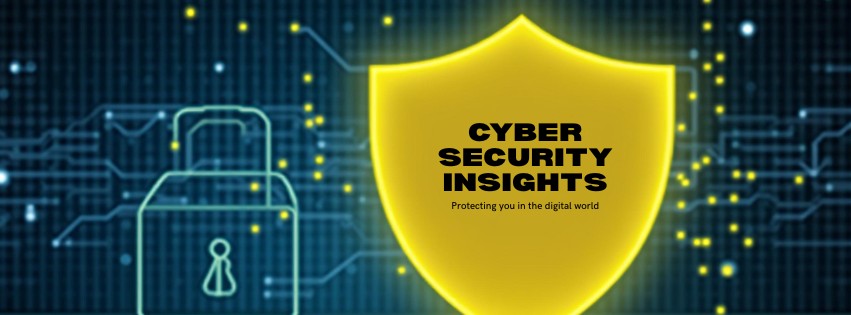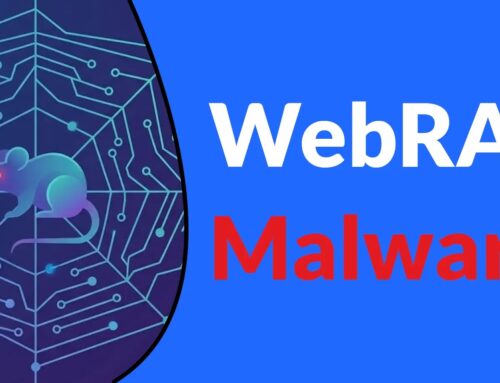
Microsoft to Remove PowerShell 2.0 from Windows 11 Due to Security Risks
# The Impacts of PowerShell 2.0 Deprecation on Cybersecurity: What You Need to Know
## Introduction
The recent deprecation of PowerShell 2.0 by Microsoft marks a significant milestone in the ongoing advancements of cybersecurity. As organizations increasingly embrace more secure and efficient technologies, understanding the implications of this transition is essential for IT professionals and cybersecurity experts alike. This blog delves into the reasons behind the deprecation, its impacts on cybersecurity, and what organizations should do to prepare for this change.
## Table of Contents
1. Understanding the Deprecation of PowerShell 2.0
2. The Importance of PowerShell in Cybersecurity
3. Key Implications of PowerShell 2.0 Deprecation
4. How to Transition to Newer PowerShell Versions
5. Best Practices for Securing PowerShell Environments
6. Conclusion: Preparing for a Safer Cyber Future
—
## 1. Understanding the Deprecation of PowerShell 2.0
PowerShell 2.0 has been a staple for automation and administration in Windows environments since its release. However, Microsoft announced its deprecation to encourage users to adopt newer, more secure versions that offer enhanced features and better support against cyber threats. This decision is part of Microsoft’s broader strategy to improve security across its products and services.
### Key Takeaway:
Microsoft’s PowerShell 2.0 deprecation aims to enhance security and encourage users to transition to newer versions with advanced capabilities.
—
## 2. The Importance of PowerShell in Cybersecurity
PowerShell serves as a powerful tool for system administrators and security professionals, offering capabilities for automation, configuration management, and security operations. However, the older version, PowerShell 2.0, lacks the security features present in contemporary releases, making organizations vulnerable to exploitation.
### Key Takeaway:
PowerShell is essential for managing systems and security processes, but older versions pose risks that can be mitigated through upgrading.
—
## 3. Key Implications of PowerShell 2.0 Deprecation
With the deprecation of PowerShell 2.0, organizations must consider several significant implications:
– **Increased Vulnerability to Cyber Attacks**: Continuing to use outdated versions increases exposure to cyber threats and exploits.
– **Lack of Support**: Microsoft will no longer provide patches, updates, or technical support for PowerShell 2.0, which could lead to more severe vulnerabilities.
– **Compatibility Issues**: Some legacy applications may still require PowerShell 2.0, posing a challenge for organizations that depend on them.
### Key Takeaway:
Organizations must be proactive about their security posture to avoid increased vulnerabilities and compatibility challenges due to the deprecation.
—
## 4. How to Transition to Newer PowerShell Versions
Transitioning to a newer version of PowerShell requires a well-planned approach:
1. **Assess Your Current Environment**: Conduct an inventory of systems running PowerShell 2.0 and identify dependencies.
2. **Plan for Migration**: Ensure that application compatibility is evaluated and any necessary adjustments are made.
3. **Educate Your Team**: Provide training on the new PowerShell version to familiarize IT staff with the enhanced features and security practices.
4. **Implement Security Best Practices**: Use robust security measures to protect the PowerShell environment post-transition.
### Key Takeaway:
A structured transition plan can ease the migration to newer PowerShell versions while enhancing overall security.
—
## 5. Best Practices for Securing PowerShell Environments
Adopting newer versions of PowerShell is just the beginning. Organizations should also implement best practices, including:
– **Use of Constrained Language Mode**: This restricts the PowerShell capabilities available to potential attack vectors.
– **Logging and Monitoring**: Enable detailed logging to audit PowerShell activities and detect suspicious behavior.
– **Regular Updates and Compliance**: Ensure PowerShell installations are regularly updated to benefit from the latest security features.
### Key Takeaway:
By implementing best practices, organizations can cultivate a secure and resilient PowerShell environment.
—
## Conclusion: Preparing for a Safer Cyber Future
Microsoft’s deprecation of PowerShell 2.0 is a wake-up call for organizations to evaluate their cybersecurity landscape critically. By transitioning to newer versions, employing robust security best practices, and preparing for future updates, organizations can safeguard their environments against evolving cyber threats. Stay ahead of the curve, and embrace this change as an opportunity to enhance security and operational efficiency.
—
By understanding and addressing the implications of PowerShell 2.0’s deprecation, both IT professionals and organizations can successfully navigate the path towards a more secure future. Don’t delay; start assessing and transitioning today for a safer tomorrow.





